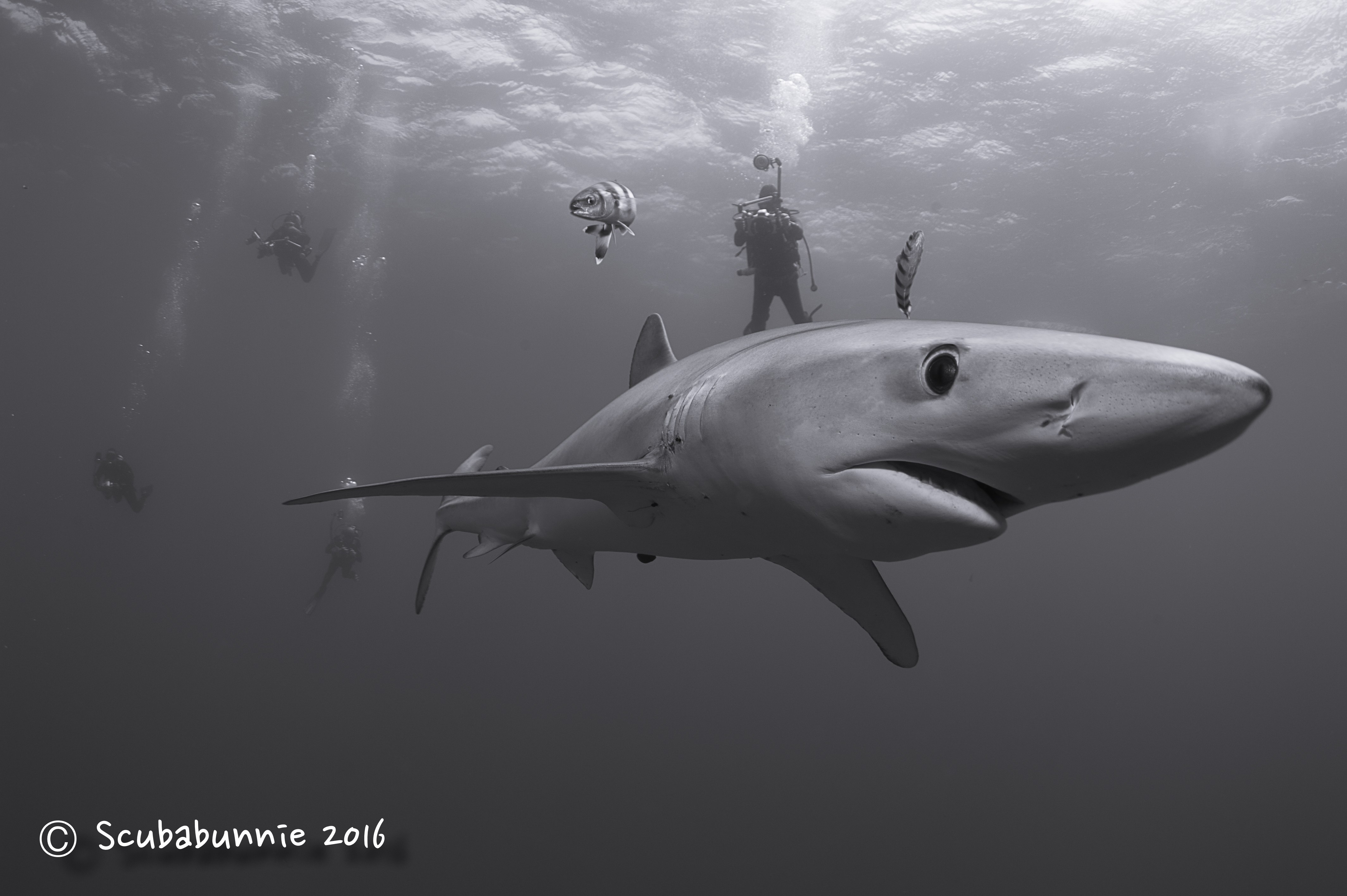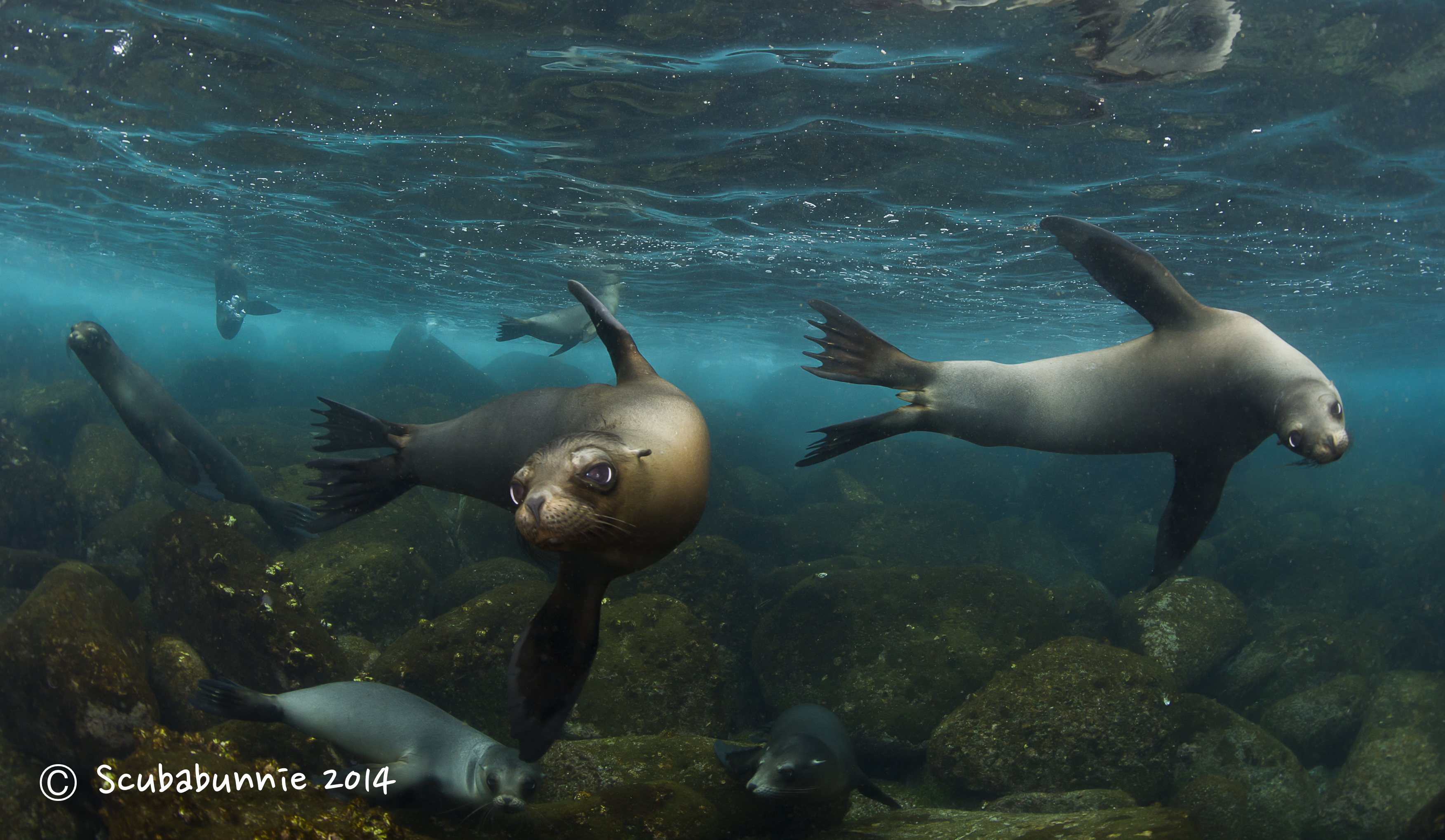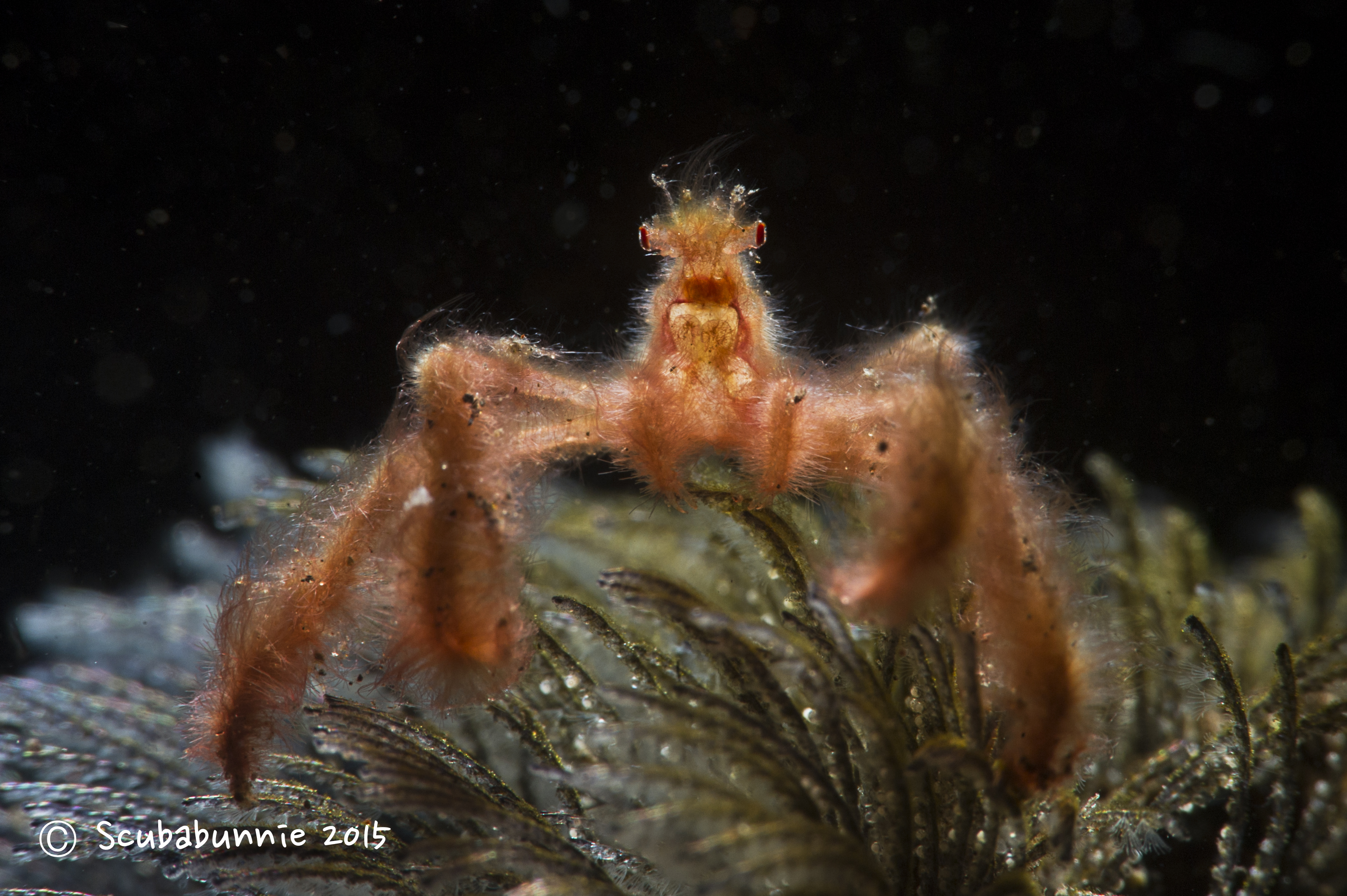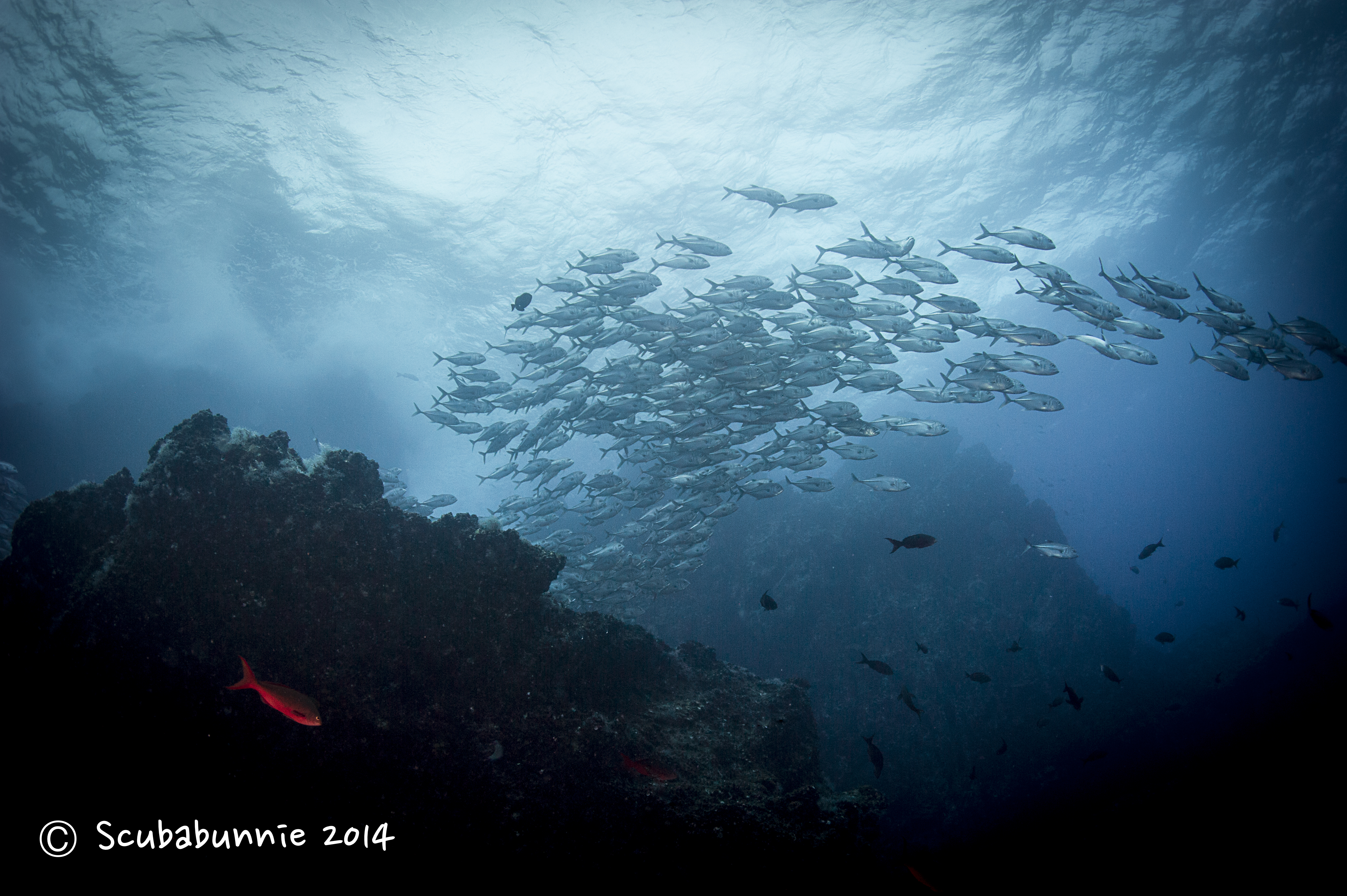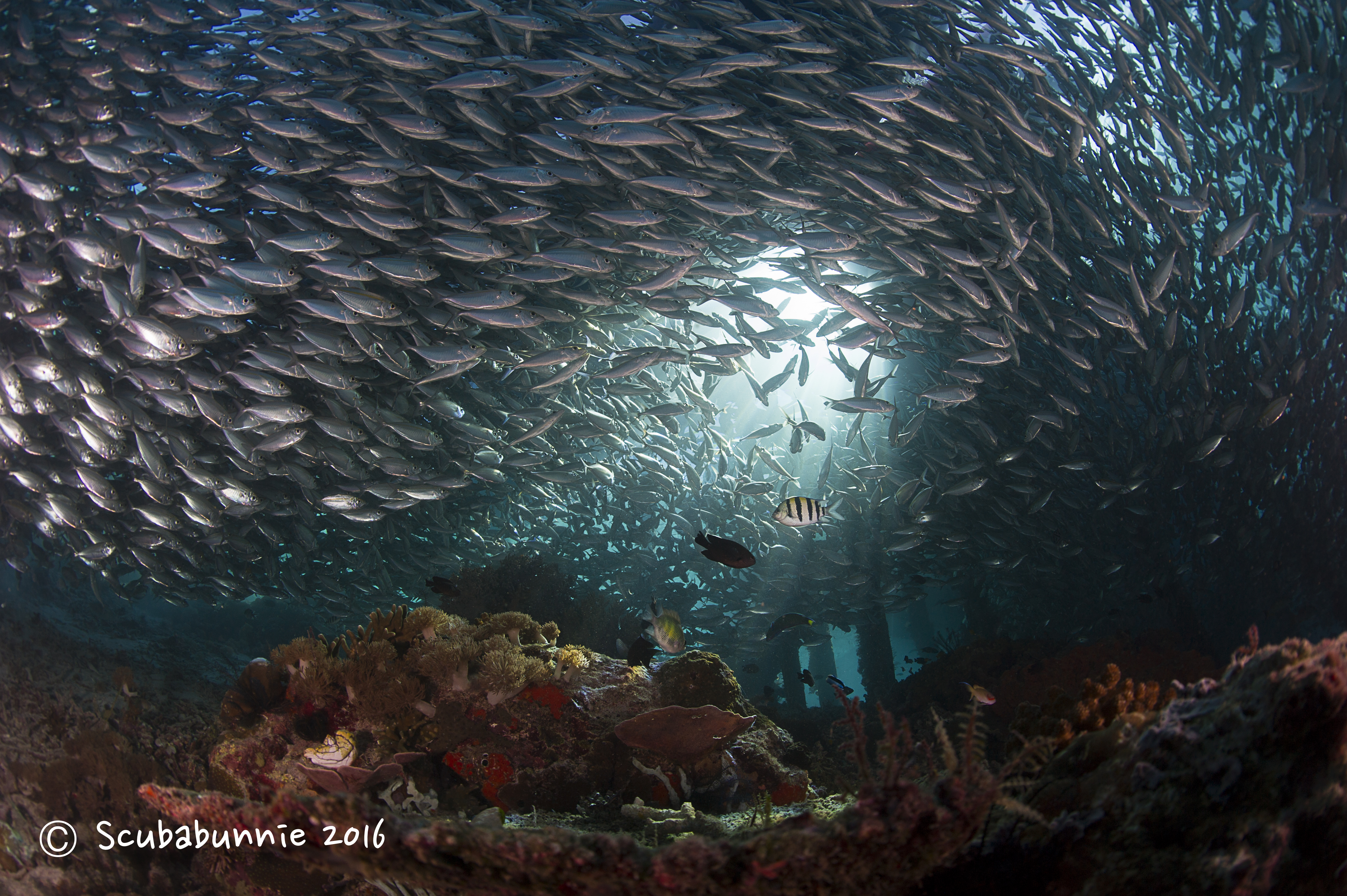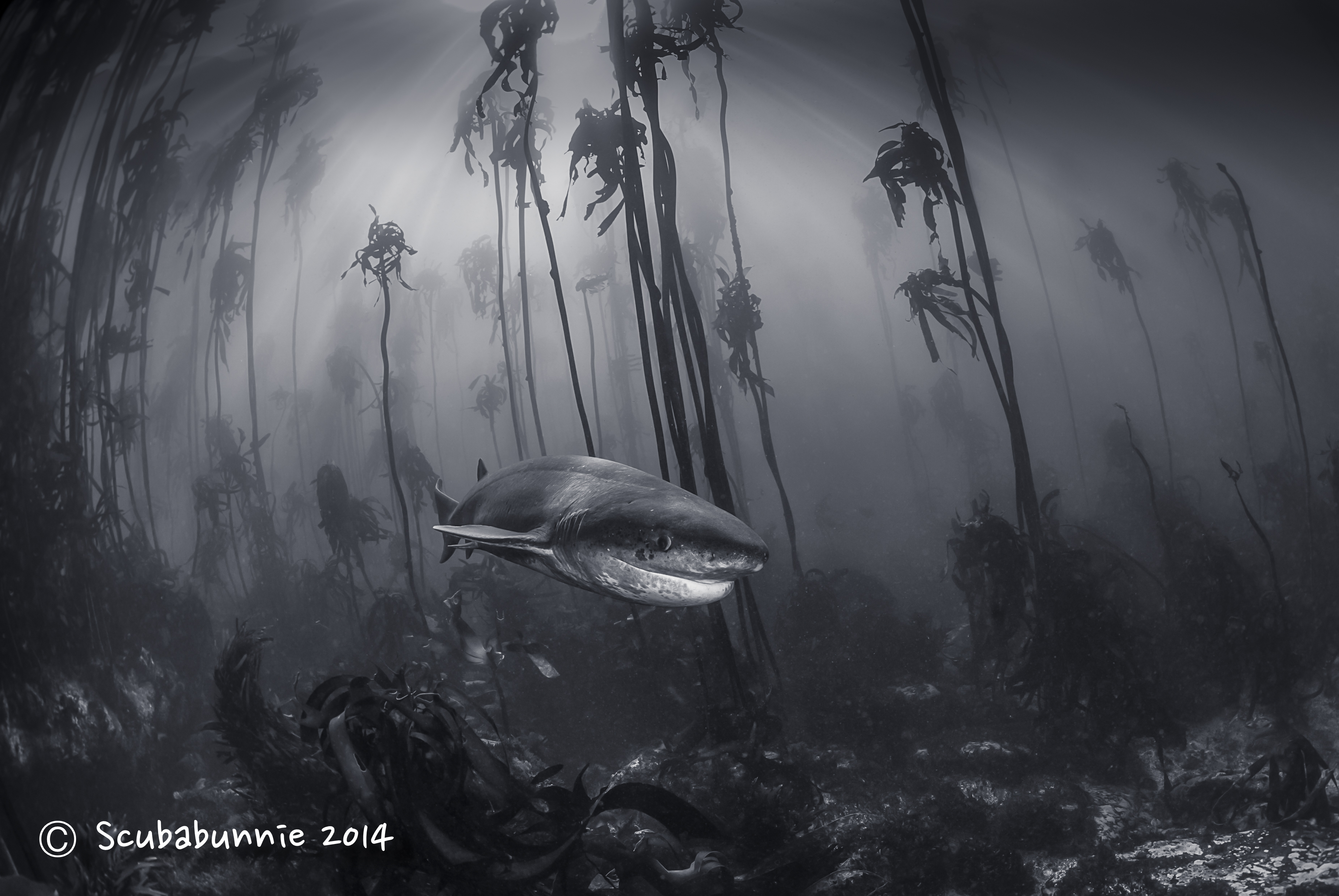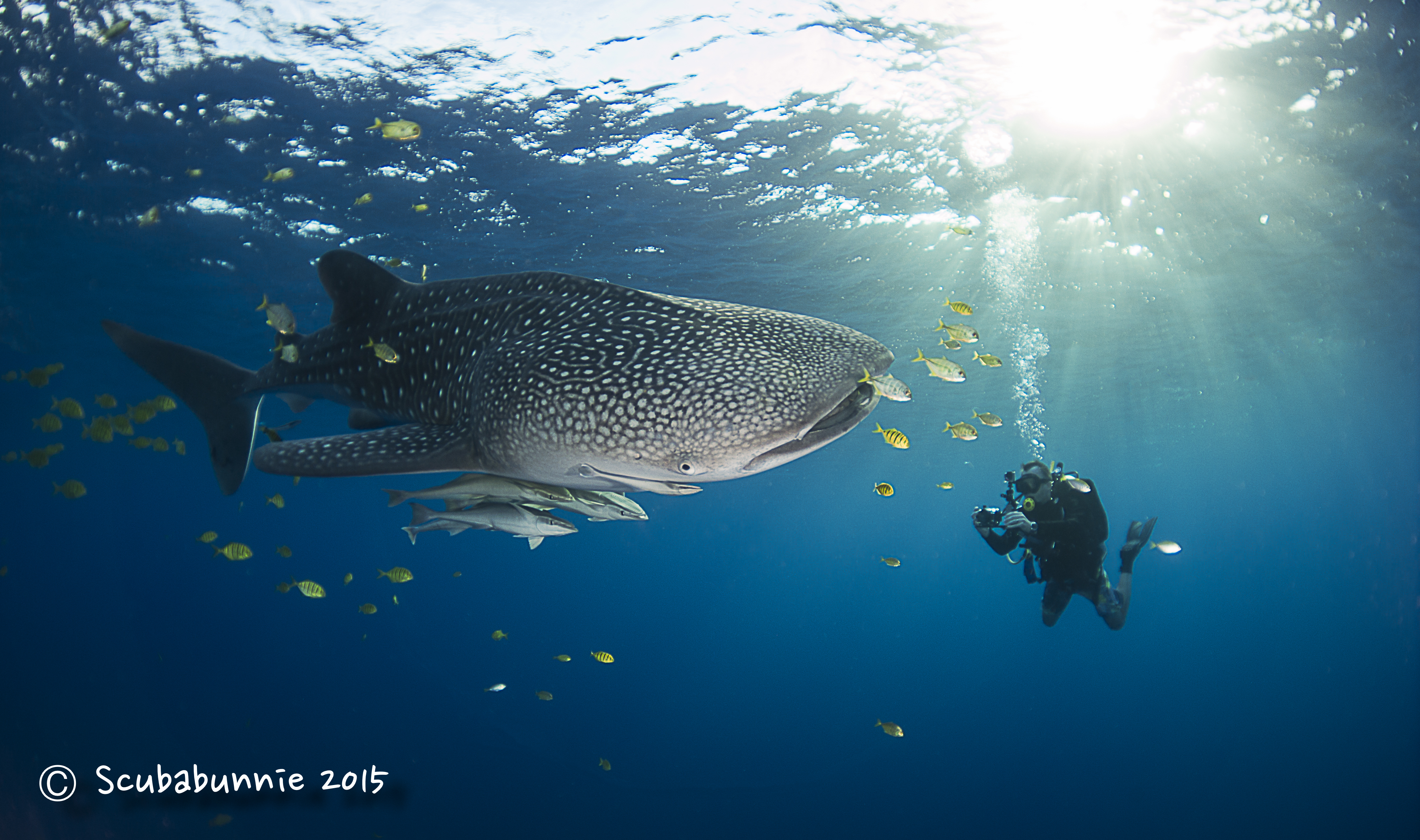In a new series of articles, we’ll shine a spotlight on some of the world’s best underwater photographers, from the famous to the unknown. We’ll also offer tips for you to capture some stunning underwater photos of your own. Here we chat with Tracey Jennings.
How long have you been an underwater photographer?
I’ve been diving for more than 15 years, but only started underwater photography about three years ago. It was Darren Jew’s photography that originally prompted me to learn to dive. I was visiting a friend in the Solomon Islands at the time.
What got you interested in underwater photography?
I was looking for a new challenge underwater. By chance I met photographer Michael Aw at the luggage carousel in Johannesburg. I was working on a consulting project there, and he was photographing the Sardine Run. I booked a trip with Ocean Geographic, and that was the beginning of my underwater photography obsession.
What’s your favorite style of underwater photography?
Anything. If I had to choose, it would be wide-angle.
Any favorite subjects?
My first love is shoals of fish (wide angle), jetties (shafts of light), and kelp. These are closely followed by bottom-dwelling fish like stonefish, lionfish, scorpionfish and cephalopods. I also love my Retra LSD, which I have been playing with lately. I try to shoot common subjects in an unusual way — I’m one of the few underwater photographers who is not interested in nudibranchs.
Any favorite destinations?
The Azores in Portugal, Anilao in the Philippines, Bali, the Cocos Islands, Simonstown in South Africa, Raja Ampat. I love pretty much anywhere in Indonesia. I would love to revisit the Solomon Islands also.
What’s your underwater setup?
Nikon D3S, Seacam housing and Ikelite 161 strobes.
Do you have any tips for new underwater photographers?
The first is to spend more time underwater. The more time you are underwater the more chances you’ll have to see something amazing. I took one of my most published pictures when I skipped breakfast and went snorkeling instead. I recently spent about eight hours under a single jetty, and spent around 15 dives just looking for and photographing an orangutan crab.
The second is to trust your divemaster, whether you’re looking for macro or wide-angle images. Photography is a partnership. I normally discuss the site with my divemaster ahead of time, come up with a photographic plan, then try to dive the plan. I do solo dive, but even still I talk to the local divemasters ahead of time for tips.
By guest author Tracey Jennings
For more of Jennings’ work, check her website, Facebook or Instagram.


